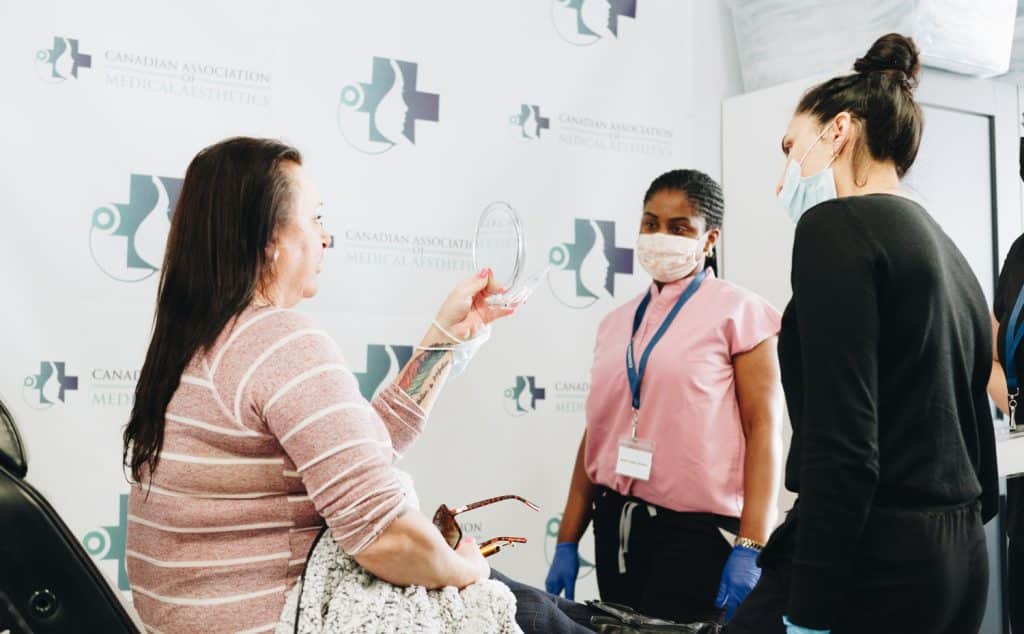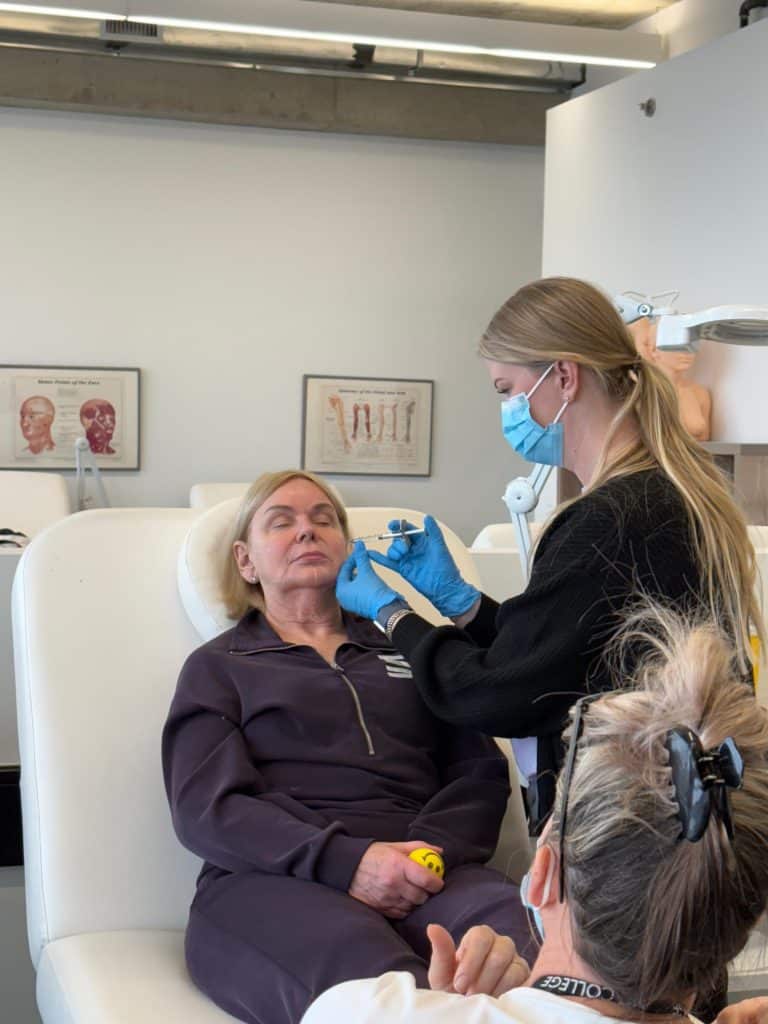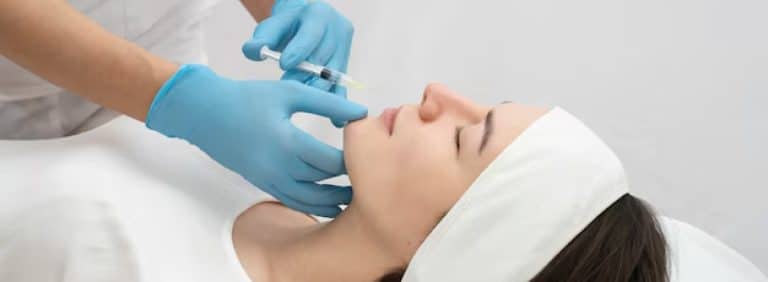The Difference Between Botox and Dysport: Which Neuromodulator Is Right for Your Patients?
As one of the earliest signs of aging, dynamic wrinkles, caused by repeated facial expressions like frowning, squinting, and smiling, are among the most requested treatment areas in medical aesthetics.
Two of the most popular solutions for smoothing these lines are Botox® and Dysport®. While both are FDA- and Health Canada-approved neuromodulators derived from Clostridium botulinum, they differ in formulation, diffusion, and best-use cases.
If you’re a licensed nurse or physician offering cosmetic injections, understanding the difference between Botox and Dysport is essential to delivering safe, effective, and precise results for your patients.
What Is Botox?
Botox is the original and most recognized neuromodulator used for cosmetic and medical purposes. It works by blocking signals from the nerves to the muscles, thereby relaxing the targeted muscle and preventing the wrinkle-causing movement.
Botox is particularly known for:
-
Precision targeting: It stays localized to the injection site
-
Minimal spread: Ideal for treating small or delicate areas
-
Common uses: Forehead lines, crow’s feet, lip lines, glabellar “11” lines
Botox is also widely used off-label for medical conditions such as TMJ, hyperhidrosis, and migraines.
What Is Dysport?
Dysport is also a botulinum toxin type A product, approved for the treatment of dynamic wrinkles. However, its formulation and molecular structure differ from Botox, leading to different diffusion properties.
Dysport is known for:
-
Faster onset (some patients see results within 2–3 days)
-
Broader spread: Makes it ideal for larger treatment areas
-
Common uses: Forehead lines, glabellar lines, masseter hypertrophy
Its more diluted formulation allows it to cover wider areas, but this also means it may be less precise than Botox in highly localized zones.
Botox vs. Dysport: Key Differences for Clinical Application
| Feature | Botox | Dysport |
|---|---|---|
| Onset of Results | 4–7 days | 2–3 days |
| Diffusion/Spread | Low (localized) | Higher (spreads more) |
| Best For | Small, precise areas (e.g., crow’s feet, lip lines) | Larger areas (e.g., forehead, glabella) |
| Units per Treatment | Fewer (more concentrated) | More (more diluted formulation) |
| Duration of Effect | 3–4 months | 3–4 months |
Ultimately, both products are effective, the choice depends on the treatment area, patient goals, and injector expertise.
Why Proper Training Matters
While both Botox and Dysport are safe when used correctly, misuse can result in:
-
Drooping brows or eyelids
-
Asymmetry
-
Overcorrection or undercorrection
-
Migration or unintended muscle relaxation
That’s why proper hands-on training is non-negotiable for any licensed practitioner looking to incorporate neuromodulators into their aesthetic practice.
Train with Confidence at CAMA
At the Canadian Association of Medical Aesthetics (CAMA), we offer nationally recognized neuromodulator training programs designed for:
-
Registered Nurses (RNs, LPNs, RPNs)
-
Nurse Practitioners (NPs)
-
Physicians and Surgeons
Our hands-on courses include live patient injections and detailed instruction in:
✅ Facial anatomy and muscle mapping
✅ Botox and Dysport product science
✅ Dosing, dilution, and injection technique
✅ Patient consultation and treatment planning
✅ Complication management and correction
Explore Our Neuromodulator Training Courses
Pro Tip: Keep Both Options in Your Toolkit
Botox and Dysport are not competitors, they’re complementary tools. Skilled injectors know how to choose the right product based on the anatomy, depth, and cosmetic goals of the patient.
With the right training, you’ll be able to confidently explain the difference between Botox and Dysport to your patients, and deliver results that speak for themselves.





